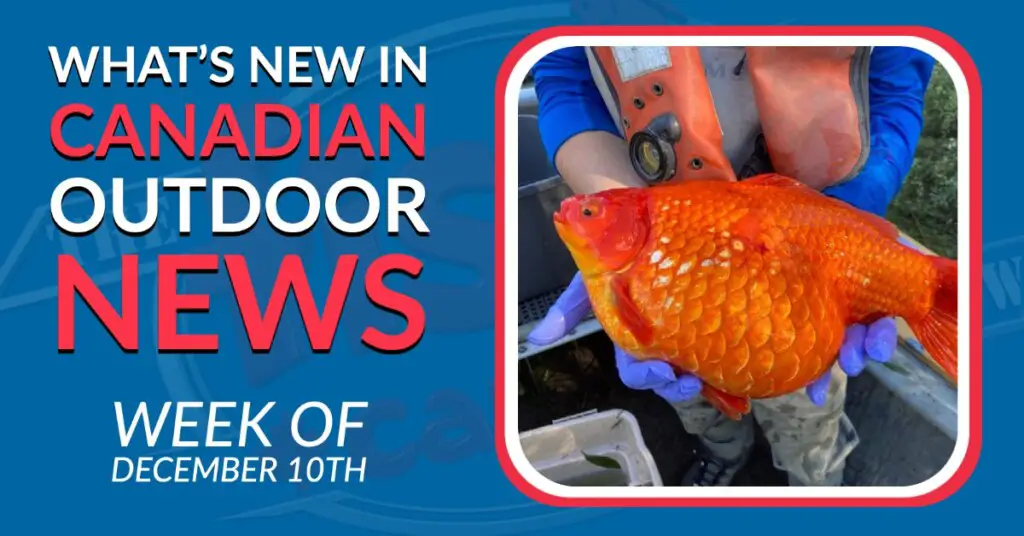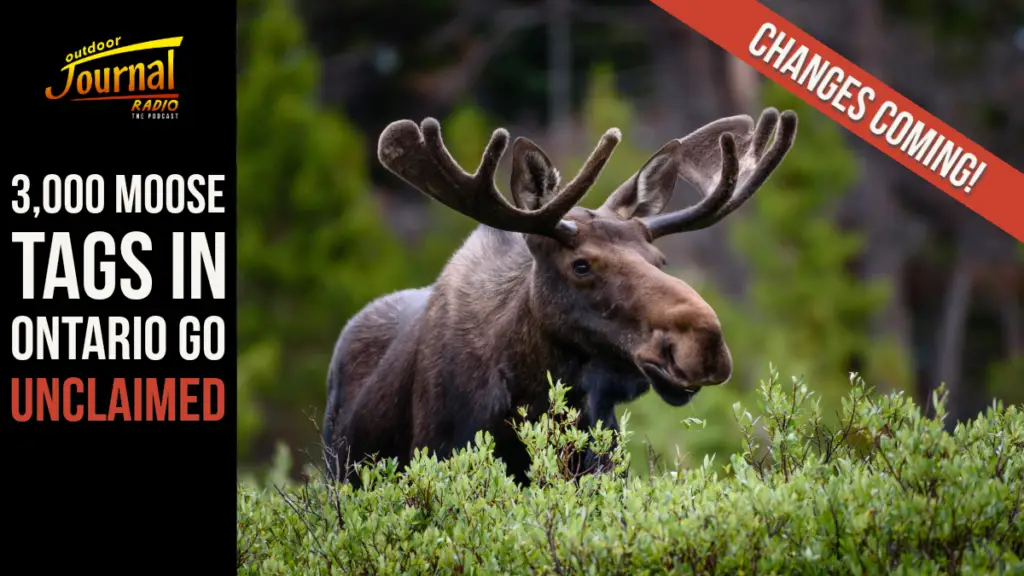The Stories that Matter and the Fuel to your Bar Banter – Canadian Hunting and Fishing News from the Week of December 10th, 2021
Although news has never been so abundant, finding relevant and reliable stories has never been more difficult. Thankfully, Fish’n Canada has you covered. From giant goldfish to glacial streams, here is everything you missed this week in the world of Canadian fishing and hunting!
1 – UPDATE: 14 Wild Boar Trapped in Pickering, Ontario
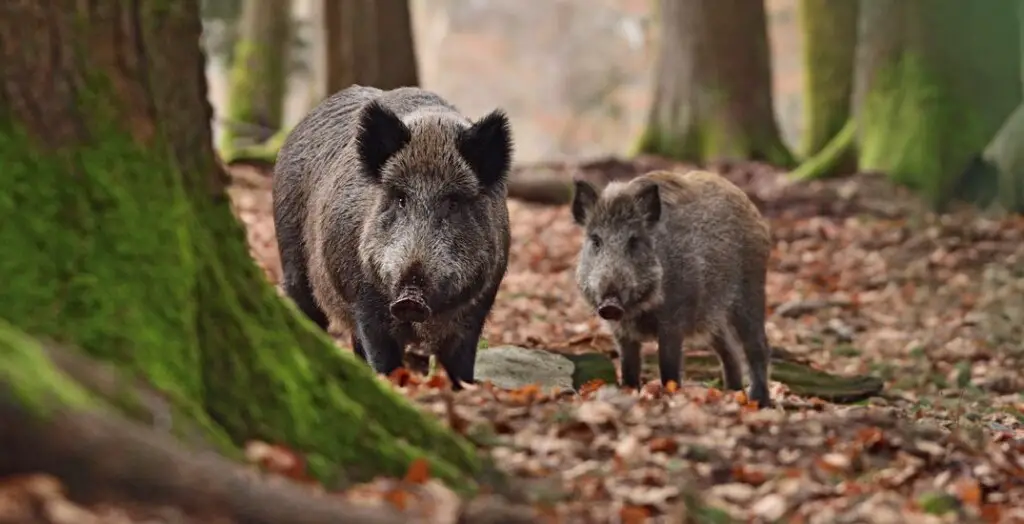
We here at Fish’n Canada have been closely following the Wild Boar sightings that have been reported in Pickering, Ontario – and it appears as though the hunt for the animals has finally come to an end.
After a near month-long chase, all 14 of the Pickering boar have been captured by the Ministry of Northern Development, Mines, Natural Resources and Forestry. According to City News, the trapping process took multiple weeks, 11 of the boar being trapped early last week and the remaining 3 being captured just this Monday. Ministry representatives claim that peanut butter and marshmallow fluff sandwiches were the key to eventually luring in the boar.

As is the case with all invasive species, the captured boar have all been euthanized and are currently being studied by the Ontario government to evaluate where they came from and the potential diseases they could be carrying. Officials were also quick to evaluate whether any of the sows were pregnant as breeding amongst these wild pigs could suggest that more animals are still on the loose. Thankfully, no wild reproduction has been reported.
For the full statement from the NDMNRF, check out our full story at the link below!
2 – Massive Goldfish caught in Hamilton Harbour
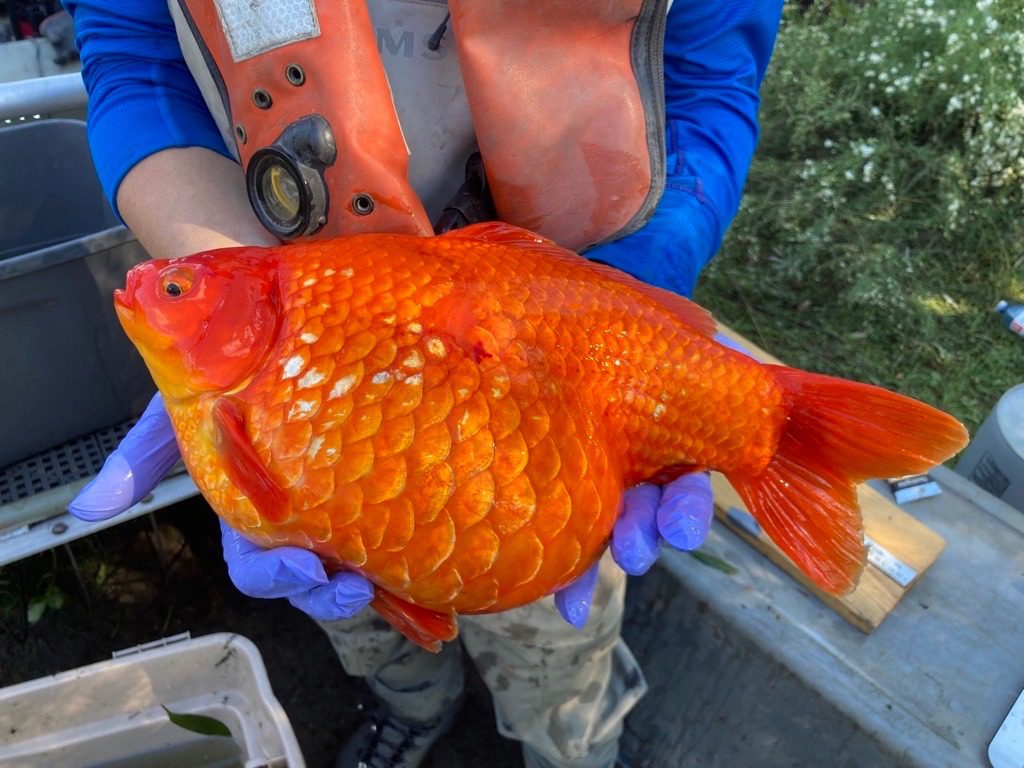
Last week, Fisheries and Oceans Canada posted to their Facebook page a photo of a massive Goldfish caught in the Hamilton Harbour. The fish was caught during a tagging program that is tracking the fish using acoustic tags. The goal of the program is to monitor how these fish are impacting the waterways they now inhabit and inform future management practices.
Our editor, Dean Taylor, knows all about this problem and has dealt with these fish first-hand. As he mentioned in an article for Outdoor Canada last spring, the problems that these fish can cause are substantial and Canadians should be doing all they can to keep these former pets out of our waterways.

According to Dean, one of the main problems with Goldfish is their surprisingly large appetite. “Once released into the wild,” says Dean, “they will spend most of their time foraging for snails, small insects, fish eggs, and even young fish. Those feeding habits, coupled with fast growth rates and semi-annual spawning, make goldfish fierce competitors with native fish species that rely on the same food sources.” These feeding habits also have the potential to change lake composition as they dig for snails, stir-up sediment, and cloud up once clear waterways.
In terms of how these fish are entering our waterways, the culprit is primarily the dumping of live Goldfish by irresponsible pet owners. Oftentimes, these fish start their journey in small suburban ponds or storm drains before reaching larger waterways through connecting streams and high-water events. In Lake Ontario, however, where the Goldfish population is now projected at 50 million, past-flushing of unwanted fish may indeed be the culprit.
For more on this topic and to find out how you can help stop the spread, check out Dean’s full article over at OutdoorCanada.ca!
3 – Melting glaciers could create thousands of kilometres of pacific salmon habitat
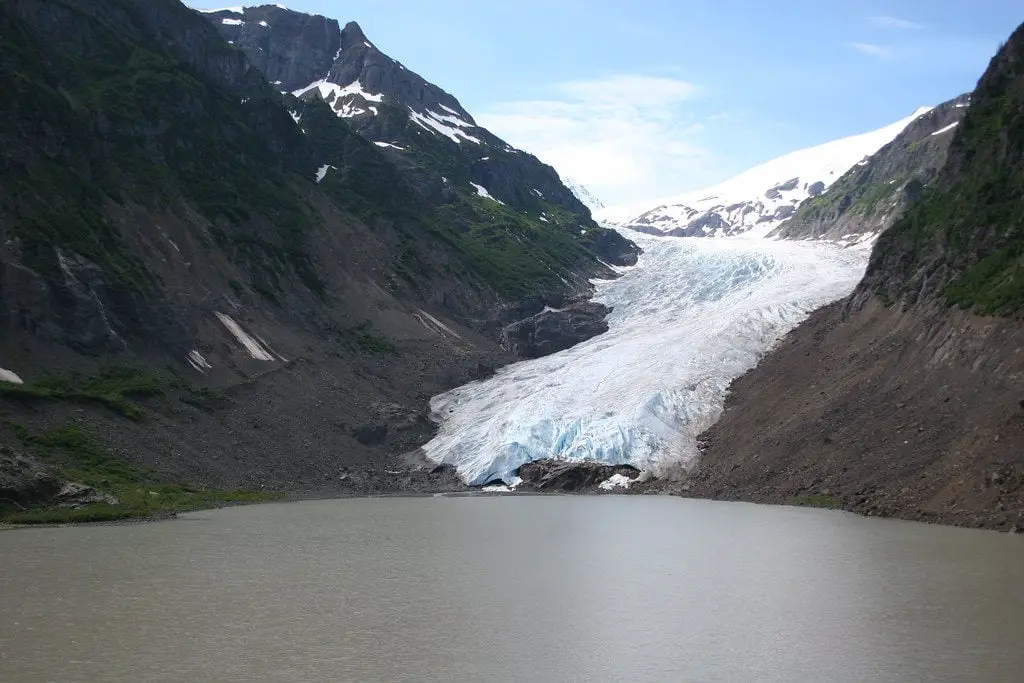
While the majority of the BC salmon stories lately have been sombre in tone, a recently published study suggests some relief could (eventually) be on the way.
In a study released this Tuesday by Simon Fraser University, researchers Kara Pitman and Jonathan Moore found that 6000 kilometres of salmon habitat has the potential to open up in western North America by the year 2100 should glacial retreat continue at its current pace.
To put this into perspective, the Mississippi River is 3,776 kilometres long, just over half of what has the potential to be available if climate change models are correct.
This figure is based on the projected melting of roughly 315 glaciers located in western BC and Alaska, all of which have the potential to create ocean-bound streams that would perfectly suit the habitat requirements of the migrating Pacific salmon.
According to an article in the Cranbrook Daily Townsman, newly-formed glacial streams turning into salmon habitat is not a new occurrence and fish are often quite quick to adapt. In the 1970s, for example, glacier retreat in Glacier Bay, Alaska provided enough new habitat in Stonefly Creek to allow over 5,000 Pink Salmon to move into the area within just 10 years of it forming.
Though the salmon anglers of today will not likely be around to see these changes, these adaptive qualities may at least provide hope that the province’s salmon numbers could recover to what they once were. For more BC salmon articles, check out the links below:
4 – Supply chain disruptions are now impacting the fishing industry
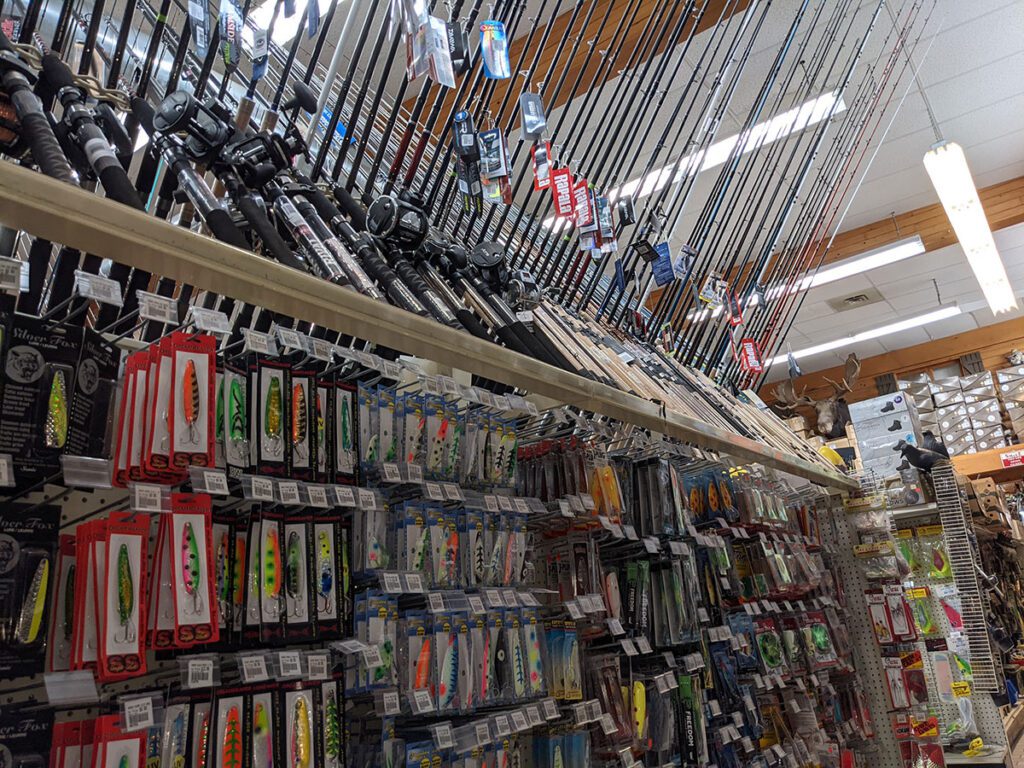
Joining the long list of industries impacted by the COVID-19 lockdowns, the fishing and tackle industries are now beginning to feel the effects of the global supply chain disruptions.
According to a great article published by The Fishing Wire, the shortages that the tackle industry is currently experiencing are a direct result of lockdown-induced congestion, reducing the availability of shipping containers, equipment, vehicles, and labour. Simply put, supply is no longer meeting demand – and this is not projected to end any time soon.
According to Ben Hong of Daiwa (via The Fishing Wire), “everyone is seeing much longer procurement lead times and astronomically higher landed costs, which is translating to more empty pegs at the retail level,”. He also added that door-to-door shipping lead time has increased three-fold.
Though there is very little that anglers can do about this troubling trend, there is perhaps no better time than now to buy local and order early, as long wait times and high prices are likely here to stay for the foreseeable future.
5 – Aquaculture salmon detected in Gaspereau River
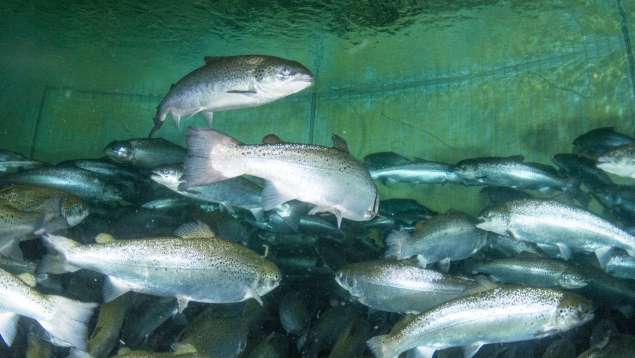
Our final story of the week was submitted by fan of the show and multi-time contributor to FishnCanada.com, Calvin Pennell.
According to the Atlantic Salmon Federation, two aquaculture-born salmon have been detected in Nova Scotia’s Gaspereau River, the second year in a row this has occurred.
In both cases, the escaped fish were identified by hatchery employees after the fish were fortunately collected from the river for breeding at Fisheries and Oceans Canada’s Coldbrook Biodiversity Facility in a project designed to boost the critically endangered population. Thankfully, due to their distinct appearance, staff was quickly able to remove the escapees from the group of collected fish to avoid them breeding with the wild batch.
As finding these fish during this project was purely by chance, it is safe to assume that these two aquaculture-born specimens are not the only ones swimming our waters. In fact, it is estimated that up to 2 million aquaculture fish escape annually and escapees have been also been found in nearby New Brunswick and Maine. These fish also have the potential to travel much further as local escapees have turned up in areas as far as Greenland.
According to the Atlantic Salmon Federation, officials are currently doing everything they can to keep aquaculture-born fish out of the wild salmon populations as their interbreeding can lead to less fit offspring and has the potential to exacerbate the struggles of the already endangered inner Bay of Fundy Atlantic Salmon population.
Have a story we missed? Send us an email at [email protected]




